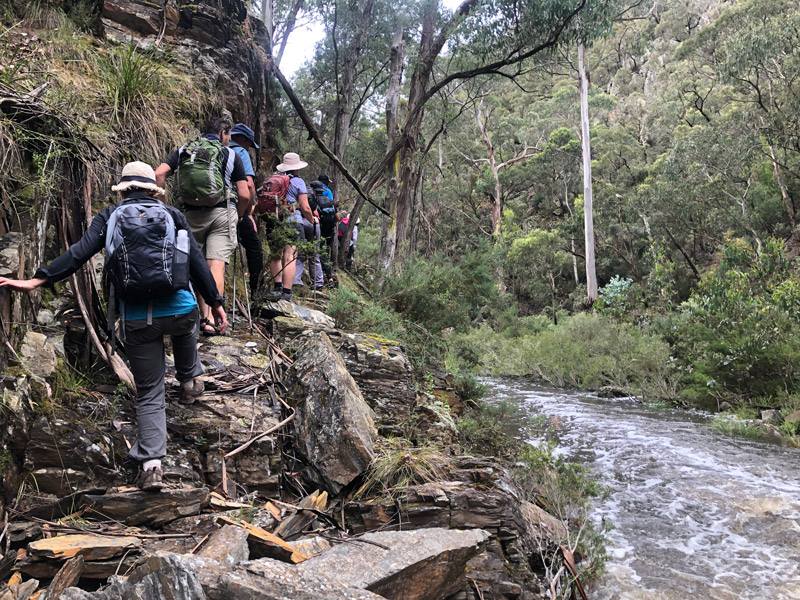Significant Habitat Will be Destroyed
Environmental impacts not only include our views and our habitats but also the habitats of animals, birds, bees, and the rest of nature, usually relied upon for correcting our impacts and pollution. Having these detrimental effects on the welfare of these natural habitats will not only impact our local environments but may potentially impact environments at a regional, national and global level if species are put at risk. Impacts on wildlife habitats can take many forms:

Transmission Line ‘right-of-ways’
The first of these is the effect of physical disturbance or destruction of natural land and air habitats. Clearing of trees, shrubs, and other plant growth areas (as required for transmission line ‘right-of-ways’), are extensive and impact large areas.

Bird Deaths and Overhead Transmission Lines
Bird deaths associated with overhead transmission lines have been reported for more than 100 years (Coues 1876, Cohen 1896, Emerson 1904). A 2014 literature review (by Public Library of Science) of available data showed an estimated 12-64 million birds killed each year in USA alone from strikes with transmission lines and from electrocution.

Sterilisation of Rich Farming and Bushland
Effects on natural habitats, biodiversity and wildlife safety: These towers will have a detrimental impact on indigenous flora and fauna, specifically the protected and endangered species including kangaroos, wedge-tailed eagles, black cockatoos, kookaburras, echidnas, falcons, sulphur-crested cockatoos and many more native animals. red by having land covered by trees and or grassland.

Low Frequency (ELF) Electromagnetic Fields (EMFs)
It is well documented that overhead high voltage power lines produce Extremely Low Frequency (ELF) Electromagnetic Fields (EMFs) that impact significantly on the immune systems, hormones, behaviour and fertility of birds, animals, and bees.

Lerderderg State Park
The Lerderderg State Park encompasses scenic and geological gorge formations surrounding the Lerderderg River as well as the volcanic cone of Mount Blackwood. The park is known for its remote setting and the 300m deep Lerderderg River gorge is a dominant feature. Private land abuts the park to the south. The narrow corridor between private land and the park represents the AoI.

Threatened Fauna
Based on an appraisal of records and potential and known habitats in the area, eight threatened fauna species are considered to have a moderate to high potential to occur within or directly surrounding the AoI. These species are:
Curlew, Sandpiper, Swift Parrot, Australian Painted-snipe, Growling Grass Frog, Golden Sun Moth, Small Golden Moth, Spotted-tailed Quoll and Striped Legless Lizard.

Fauna
The Lerderderg is a haven for koalas, eastern grey kangaroos, swamp wallabies and echidnas. Nocturnal animals include the greater glider, mountain brushtail possum and bent-wing bat.

Flora
A range of vegetation types, including a riparian Blue Gum and Manna Gum community of State significance and 23 significant plant species present in Lerderderg State Park, together with nine significant animal species.

Renewable Energy Contradiction
The community is concerned that there appears to be a ‘double standard’ developing regarding this project. On one hand, there is government rhetoric and the ‘push’ to utilise more green energy sources (e.g. development of the wind farms in the south west of Victoria) while on the other hand, persistence in utilising transmission infrastructures (e.g. overhead high voltage transmission lines and switching stations) that have huge impact on the surrounding environments and also waste at least 10% of the green energy generated compared to new efficient in-ground cabling.